Soybean Research Leads to Better Production Practices
As the 2016 crop season ends, now is the time to look back and note what worked and what didn’t. I have spoken with farmers throughout southern Illinois who achieved some of the best whole farm soybean yield averages they’ve ever seen. But even though there were record yields, I’ve received calls from farmers who know there is still room for improvement. Whether it’s because the new soybean yield record was set at 171 bu/acre this year, or that soybean yields have just been good, as an agronomist it’s exciting to see farmers already looking forward to taking soybean [...]
Agronomy: How to Grow Soybeans
Soybeans are a major crop in countries including the U.S., Brazil, Argentina, India and China. It is also grown in some Canadian provinces and in smaller acreages in Asia and South Africa. And now Soybeans are being introduced as a crop in other parts of Africa. While farmers harvest bean seeds, soybeans are grown for their oil and protein—those are the two end products. The oil is edible and has many industrial uses. The crude protein can be eaten by livestock and extracts of the protein can be consumed by humans. And in parts of the world, people need [...]
Agronomy: Soybean Yields Are Improving in Illinois
I recently read an article by Gary Schnitkey on farmdoc in regard to the relative decline of soybean yields in Illinois compared to corn yields. Many agronomists around the state, me included, have been bemoaning these stagnant yields for the last decade. Gary makes a great point about how growers have neglected innovation in soybean production while concentrating on improving corn yields. Up until the last 4 years I would have agreed with him whole-heartedly. However, the yields since 2011, except for the drought in 2012, have steadily and significantly improved throughout the state. Here in Southern Illinois we [...]
Agronomy: 2016: Another Year of Learning
In Northern Illinois we have had another interesting year with soybeans. We have had some great soybeans, some good soybeans and some fields that were just beans. Over the next few months we will try to dig in and see what made our great soybeans great and what caused some of our fields to just be beans. There are, however, a few things on the surface that we have already learned. We had pockets of an issue that we have not paid enough attention to in the past that caught us a little by surprise. Sudden Death Syndrome (SDS) [...]
Weed Management: Fall-Applied Herbicides: Which Weed Species to Target?
URBANA, Ill. – Herbicides applied in the fall often can provide improved control of many winter annual weed species compared with similar applications made in the spring. Marestail is a prime example. More and more Illinois marestail populations are resistant to herbicides, including glyphosate and ALS-inhibiting products. University of Illinois weed scientist Aaron Hager recommends targeting emerged marestail with higher application rates of products such as 2,4-D in the fall to achieve better control come spring. Hager is frequently asked whether a fall application needs to include one or more herbicides that provide residual control of winter annual weed [...]
Agronomy: The Three W’s of 2016 Soybean Yields: (Weather, Weeds, and What Went Wrong?)
Weather The weather in 2016 set up the potential for some very high soybean yields in many areas of Illinois and to be honest, some have reported the highest soybean yields they have ever had on their farms. But, the weather could have led to yield variability and some problems that I have termed “www”. Weeds The number one issue that occurred this year appeared to be weed competition. With some growers planting earlier than ever in cool conditions, some questioned if burndown applications would work if weeds were not actively growing. Heavy rains and cool temperatures in open [...]
Agronomy: Planning for Cover Crops
If you are adopting cover crops start with a plan that includes the right species, right planting date and right planting method. And don’t hesitate to do some experimenting on your own. Adopting cover crops for many growers is a challenge because they invest too little time and effort. For others the additional risk and management associated with cover crops may be too threatening to even get started. However, there are other growers who have successfully adopted cover crops and made them a part of their regular crop production system. Cover crops require management and deserve as much planning [...]
Diagnostics: NuGIS – Assess Your Nutrient Balances
Nutrient use and its fate can now be tracked using the NuGIS model. In order to account for nutrients to adequately supply crop needs, while at the same time being better stewards of our environment, it is important to maintain a balance of nutrient inputs, removals and losses. The Nutrient Use Geographic Information System (NuGIS) provides a complete collection of the components of nutrient application and utilization on a geo-tagged basis for each county in the continental United States. The NuGIS balance can also be computed on an individual basis for each U.S. watershed. NuGIS is a free interactive [...]
Agronomy: Soybean Yields in Illinois
In recent years, soybean yields in Illinois have been exceptional, leading to questions on whether technologies have caused a "jump" in soybean yields. While the 2016 state yield will be an outlier, it is too early to say that a new regime of soybean yields exists. Relative to corn yields, soybean yields must increase more to have the same relative yields as in the early 1970s. Comparing Soybean Yields to Trend State soybean yields for Illinois have been exceptional from 2014 through 2016. In 2014, Illinois' soybean yield was 56 bushels per acre. The 2014 yield was a record [...]
Insect Management: Why All the Fuss About Soybean Cyst Nematode?
This article was updated on November 28, 2016. Unfortunately, soybean cyst nematode (SCN) isn’t being talked about much anymore. It is known to be the #1 threat to soybean yield around the world, and in the North Central U.S. we have been depending on the PI 88788 source of resistance in 95% of our seed market share. A smaller percentage source of soybean resistance against SCN comes from Peking, PI 437654, or combinations. What happens when we depend on a predominate source of resistance for an extended period of time? SCN populations can and do adapt to this source [...]

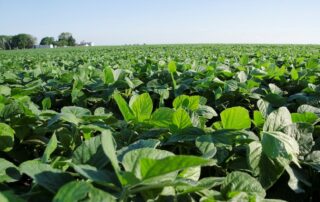
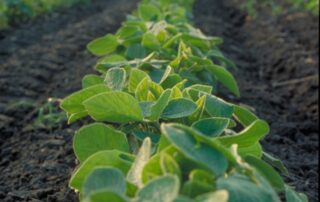
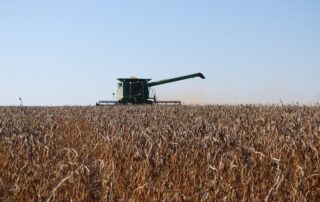
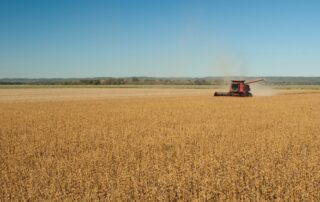
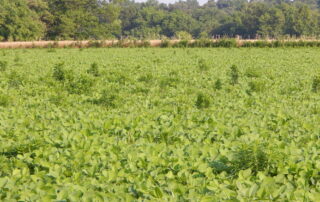
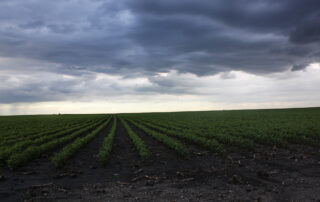
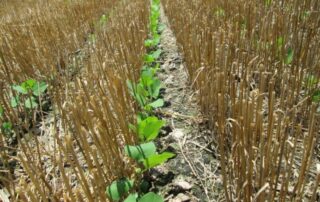
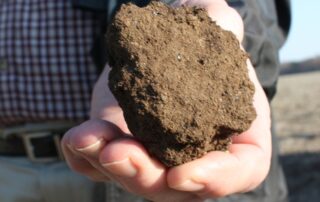
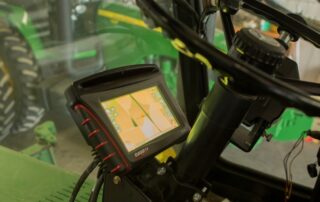
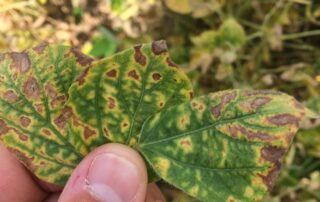

 and then
and then